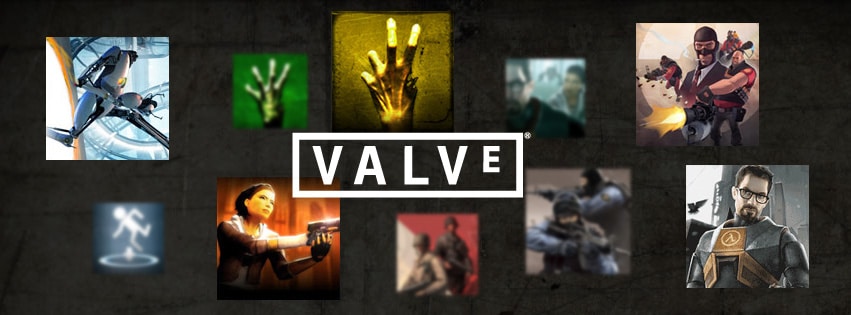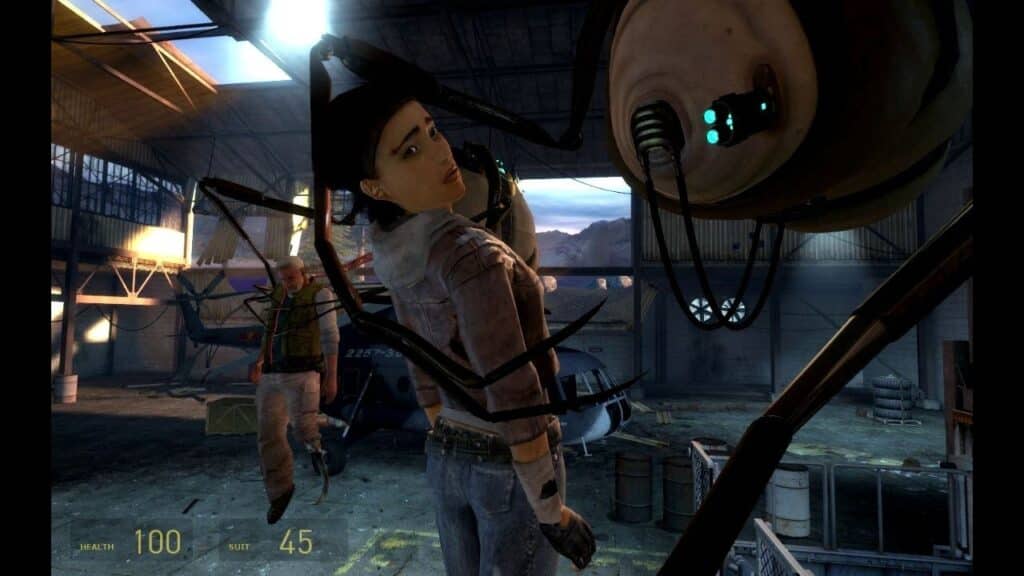
In the vast history of gaming titles, few titles have left an unforgettable mark, like Half-Life 2. A groundbreaking first-person shooter that set new standards for storytelling and gameplay at the time, it continues to be revered by gamers worldwide. However, beneath its iconic status lies a puzzling question: Is Half-Life 2 indeed an indie game? This article delves into the intricacies of the indie game definition, explores the evolving landscape of the gaming industry, and answers the question, “Is Half-Life 2 an indie game?”.
Definition of an Indie Game
To determine whether Half-Life 2 qualifies as an indie game, we must first understand the characteristics that define indie titles. Often, indie games can be categorized by an independent spirit, creative freedom, and small-scale development.
Yet, misunderstandings persist, with some believing that indie games must exclusively involve solo developers or operate on a minimal budget.
Indie isn’t a word just applied to poorly made games and a low amount of resources; an indie game simply means that it is independent.
Indie vs Mainstream

Over the years, the gaming industry has undergone a remarkable transformation, blurring the lines between indie and mainstream as more and more indie titles become mainstream.
Recognizing that a game’s mainstream status doesn’t automatically disqualify it from being indie is essential. The traditional paradox no longer holds, as even prominent releases can embody the spirit of independent creativity.
This shift challenges preconceived notions about what constitutes an indie game.
Overview of Half-Life 2

Before dissecting Half-Life 2’s indie credentials, let’s trace its origins. Developed by Valve Corporation and released in 2004, the game emerged as a landmark in narrative-driven gaming experiences. Valve’s involvement is vital to our investigation, as the corporation’s stature in the industry prompts skepticism about Half-Life 2’s indie status.
Valve Corporation

Valve Corporation is a gaming titan known for pioneering digital distribution through Steam and creating iconic titles like Counter-Strike and Portal. Its role as a major game development company raises eyebrows when considering Half-Life 2’s potential indie classification—the corporate backing from Valve challenges conventional perceptions of indie games.
Independence within Valve
However, delving into Valve’s unique approach to game development reveals a paradox. Valve is characterized by employee-driven projects and creative autonomy, fostering an environment that aligns with the indie spirit of independence and creative freedom.
Unlike other AAA studios, the absence of traditional hierarchies and a commitment to unconventional development models provide a subtle view of Half-Life 2’s indie credentials.
Corporate Backing
The counter-argument asserts that Half-Life 2’s association with Valve, a major corporation, disqualifies it from indie status. This perspective underscores the influence of major publishers on the gaming industry, suggesting that authentic indie games must adhere to the principles of creative freedom and minimal corporate interference. Yet, Valve’s internal structure challenges this notion, raising questions about the rigid definitions of indie and mainstream.
Conclusion

In concluding our exploration, it is evident that categorizing Half-Life 2 as purely indie or mainstream is a complex task.
The evolving nature of the gaming industry and the blurred lines between these categories necessitate a more nuanced perspective. As we reflect on the unique case of Half-Life 2, we find ourselves at the crossroads of tradition and innovation, where the spirit of independence coexists with the backing of a significant player.
The enigma persists, challenging us to redefine our understanding of indie games and appreciate the diverse tapestry of creativity that shapes the gaming landscape.
We’d like to thank GuruGameGuides for contributing to IndieGameCloud by writing this article for us. Go check them out!